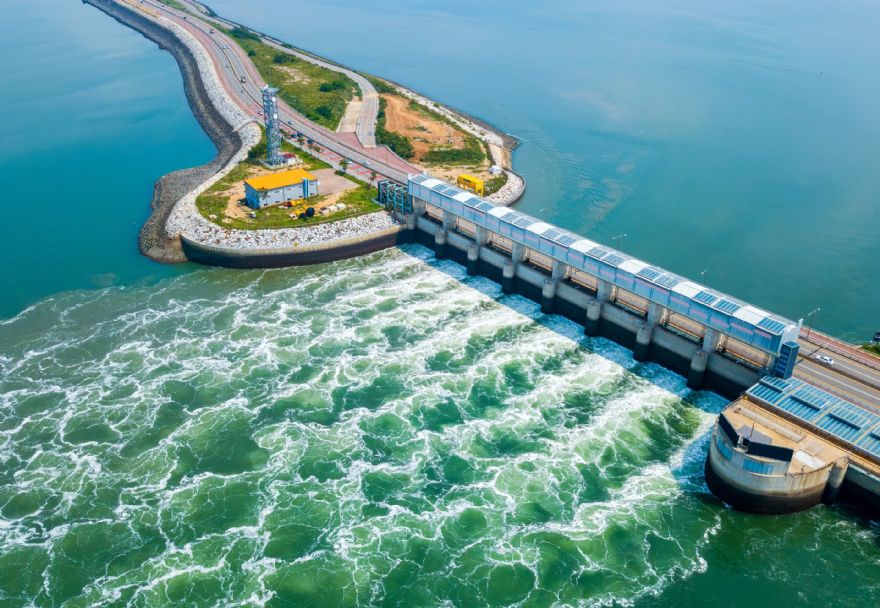
For years, tidal power has been cast in a shadow of ecological doubt, often dismissed as a threat to marine life and coastal habitats. Yet a sweeping review led by researchers at
Imperial College London is turning that narrative on its head. Drawing on more than 50 scientific studies from across Europe, Asia and North America, the team presents a compelling case that tidal energy’s environmental footprint is far more nuanced — and in many cases, surprisingly positive.
The study, conducted by Sylvia Ascher and Iris Gray of the Dyson School of Design Engineering, alongside Dr Tilly Collins from the Centre for Environmental Policy, reveals that many of the concerns surrounding tidal power stem from outdated practices and assumptions. Dr Collins said: “The evidence shows that the ecological story of tidal energy is more balanced than many assume. Changes do occur, most are manageable, and the habitats behind barrages can become wildlife-rich ecosystems.”
Indeed, the review points to long-standing tidal barrage sites such as France’s la Rance and South Korea’s Sihwa Lake, where enclosed waters have evolved into stable, biodiverse environments. These ecosystems now support a greater abundance of species and boast improved water quality, challenging the notion that tidal infrastructure inevitably degrades natural habitats.
The researchers also addressed fears about tidal flow turbines—often likened to underwater windmills — posing risks to marine animals. Contrary to popular belief, studies show that fish and mammals tend to avoid these installations rather than collide with them. No significant population declines or habitat fragmentation have been observed, suggesting that the technology may be less intrusive than once feared.
While tidal projects do alter local hydrodynamics and sediment patterns, the impacts are not uniformly negative. In some cases, the infrastructure has led to the creation of new habitats, enhanced water circulation and even the restoration of degraded environments. “Prior projects such as la Rance, Sihwa Lake and Kislaya Guba in Russia give decades of information,” said Dr Collins. “Modern engineering techniques and better ecological understanding mean we can now design tidal systems that work with natural processes rather than against them.”
The study goes beyond environmental considerations, highlighting tidal power’s potential role in climate resilience. With sea levels rising and storm surges intensifying, tidal barrages could serve a dual purpose: generating clean energy while acting as protective barriers for vulnerable coastal communities. These structures, which can operate for over a century, represent a long-term investment in both sustainability and security.
Despite the UK’s vast tidal range and extensive coastline, development has stalled due to ecological concerns, high upfront costs and regulatory complexity. Yet the researchers argue that the barriers are no longer scientific. Dr Collins continued: “Our review makes clear that the barriers holding back tidal power are no longer scientific. The technology is ready, what is needed now is the policy vision and investment to unlock its full potential.”
By integrating environmental evidence with modern engineering, tidal power could shift from being seen as an ecological risk to becoming a cornerstone of the UK’s renewable energy strategy—one that supports biodiversity, strengthens coastal resilience and delivers reliable, low-carbon electricity for generations to come.